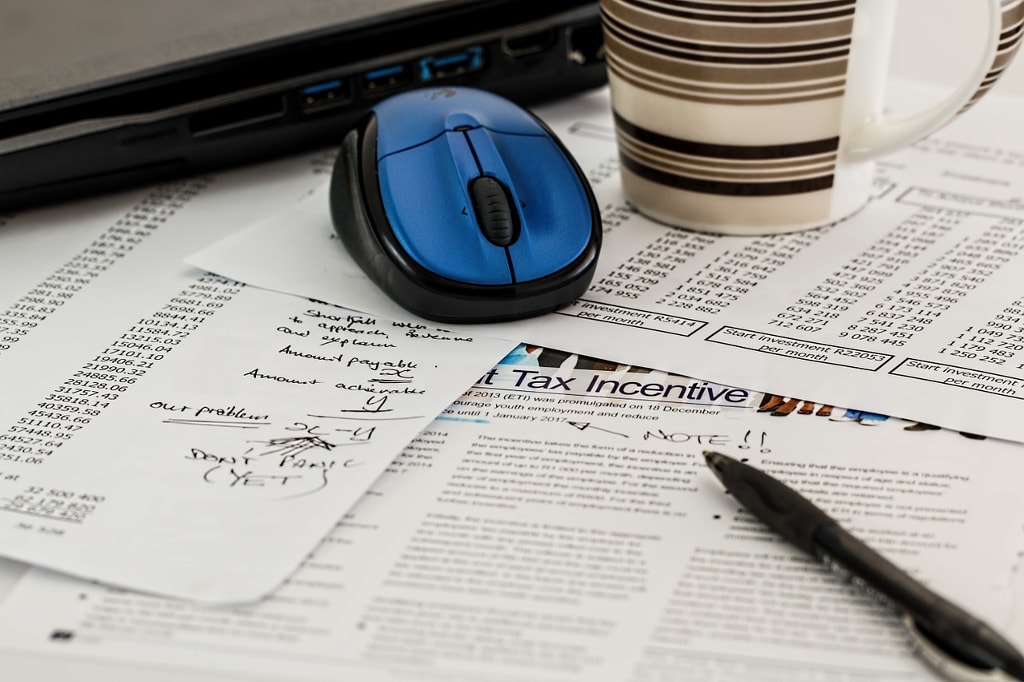ZIMSEC O Level Principles of Accounts Notes: The reducing balance/diminishing balance method
- As discussed in this topic there are number of ways in which depreciation can be calculated
- The reducing balance method is one of these methods
- It is also known as the diminishing balance method
- A fixed percentage is deducted from the first from cost then subsequently from the net book value of the asset each period
- The result is that the amount of depreciation for the asset decreases each year
- Consider the example shown below of a lorry bought for 10 000 and depreciated at a rate of 20% each year over 4 years
| Year | Depreciation for the year | Net Book Value/Cost of asset |
|---|---|---|
| 1 | 2000 | 8000 |
| 2 | 1600 | 6400 |
| 3 | 1280 | 5120 |
| 4 | 1024 | 4096 |
- As you can see the depreciation cost for each year drecreases
- This is likely to be more indicative of certain assets whose maintenance cost is low in the early years but increases with time
- The following formula is used to find out the percentage to be used:
- r=1-\sqrt[n]{\frac{s}{c}}
- Where:
- n is the estimated useful life in years
- s is the net residual value (this must be a significant amount or the answers will be absurd, since the depreciation rate would amount to nearly one)
- c is the cost of the asset
- r is the resultant rate of depreciation to be applied
- For example given that the useful life of an asset is 4 years, its cost $10 000 and residual value $256
- The rate of depreciation would be:
- r=1-\sqrt[4]{\frac{256}{10000}}
- 0.6
- That is 60%
Advantages
- It is easy to understand and implement
- Equalizes the burden of costs on the Income Statement by balancing maintenance costs and depreciation
- It is acceptable by tax authorities and widely recognised
- Matches cost of revenue for each period
- Can be used on short term assets that are susceptible to technology changes by writing off larger amounts in the early years
Disadvantages
- Calculating the rate of depreciation is complicated
- Makes historical comparison of profits from the Income Statement difficult
- Does not reflect the usage of the asset from year to year
- It requires that there be a large difference between the cost and residual value otherwise ridiculous depreciation percentages are yielded
To access more topics go to the Principles of Accounting Notes.




